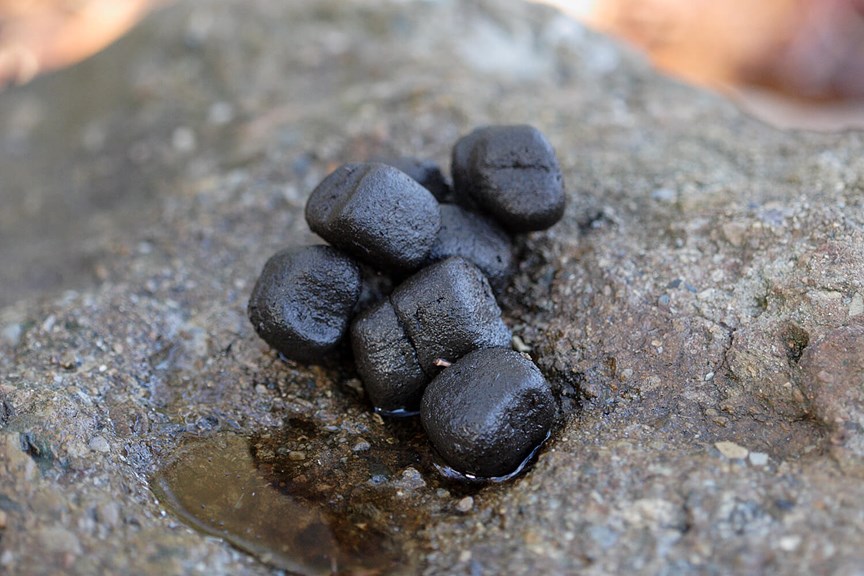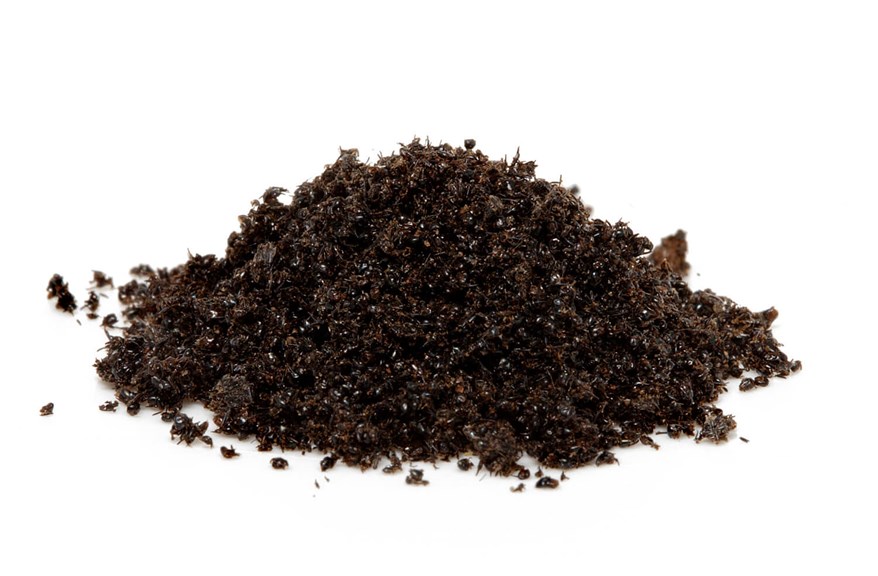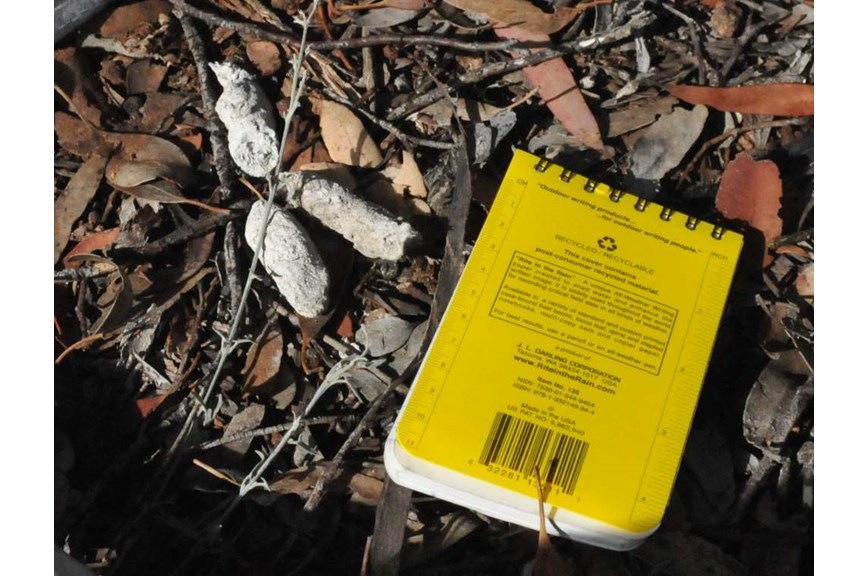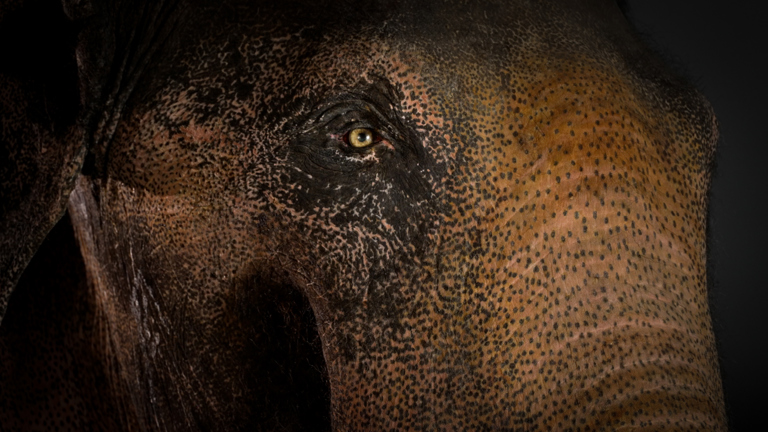The science of poo
Poo is truly fascinating stuff. Each deposit contains a minefield of information about its owner and the environment it lives in.
Animal poos (scats) come in a multitude of different shapes and sizes. Each species produces its own unique parcels. You can therefore discover which species are present in an area (and how abundant they are) by looking at what they leave behind.
The relative size of a deposit can also give you an idea of the age/size of he/she who dunnit. Sometimes, it's even possible to determine the sex and reproductive receptivity of the animal (by the smell).
The condition of the scat (taking recent weather conditions into account) will tell you how recently the animal was there – if it's still fragrant and sticky, you know you're fresh on the trail.
An animal's poo can also reveal the diet of the depositor. Long-term studies of scats can provide information about how animals' diets change over time and the seasonal abundance of their food sources.
The scats of carnivorous (meat-eating) animals can be an invaluable source of information about the presence and abundance of their prey species. Fur, teeth and bones are not usually digested as they pass through the digestive system and come out relatively intact. As foxes and owls are far better at finding small animals than we are, scats can contain crucial records for scientists studying endangered species.
Poo is also a useful indicator of animal health. Scats contain parasites, hormones and DNA (in the animal's own skin and hair cells). Scientists can therefore use the clues in poos to monitor infections, perform genetic analyses and gather information on stress levels and reproductive state, all without touching or even seeing the animal.












